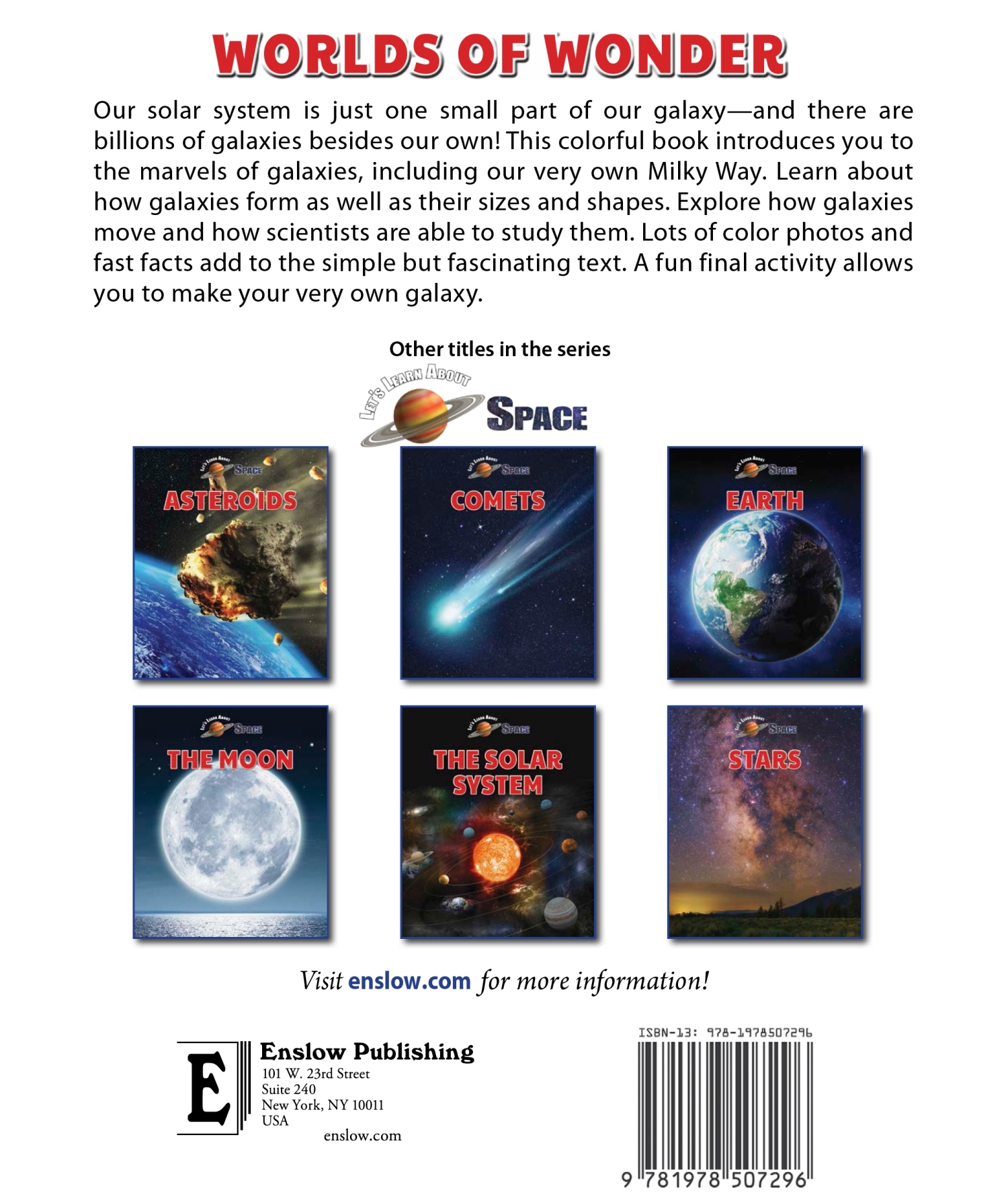Rebecca Kraft Rector - Galaxies
Here you can read online Rebecca Kraft Rector - Galaxies full text of the book (entire story) in english for free. Download pdf and epub, get meaning, cover and reviews about this ebook. year: 2019, publisher: Enslow Publishing, LLC, genre: Children. Description of the work, (preface) as well as reviews are available. Best literature library LitArk.com created for fans of good reading and offers a wide selection of genres:
Romance novel
Science fiction
Adventure
Detective
Science
History
Home and family
Prose
Art
Politics
Computer
Non-fiction
Religion
Business
Children
Humor
Choose a favorite category and find really read worthwhile books. Enjoy immersion in the world of imagination, feel the emotions of the characters or learn something new for yourself, make an fascinating discovery.
- Book:Galaxies
- Author:
- Publisher:Enslow Publishing, LLC
- Genre:
- Year:2019
- Rating:3 / 5
- Favourites:Add to favourites
- Your mark:
Galaxies: summary, description and annotation
We offer to read an annotation, description, summary or preface (depends on what the author of the book "Galaxies" wrote himself). If you haven't found the necessary information about the book — write in the comments, we will try to find it.
Our solar system is just one small part of our galaxy, and there are thousands of galaxies besides this one. Readers are introduced to the marvels of galaxies. Formation, sizes, and shapes of galaxies are discussed, including the Milky Way. Galactic movement and how scientists study galaxies are revealed. Color photographs, fast facts, and Words to Know sections increase the readers learning experience, while a final hands-on activity emphasizes what the reader has learned. This book supports English Language Arts standards and correlates directly with Next Generation Science Standards.
Rebecca Kraft Rector: author's other books
Who wrote Galaxies? Find out the surname, the name of the author of the book and a list of all author's works by series.


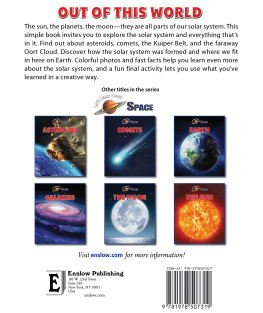
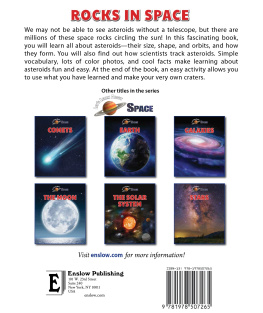

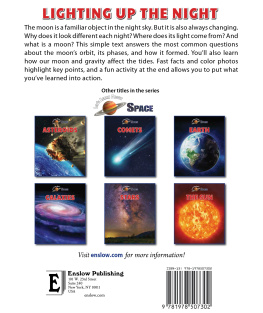
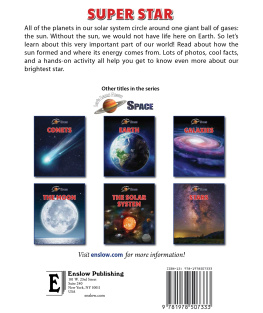

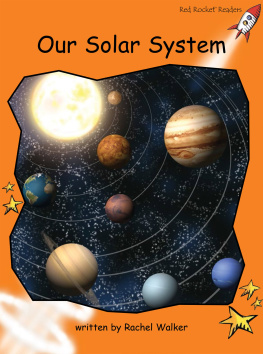
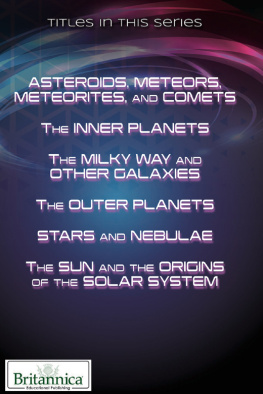
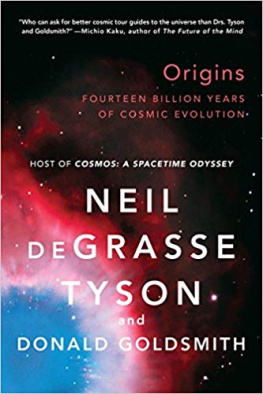
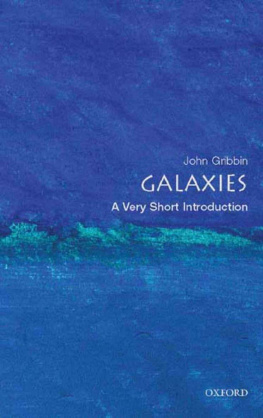
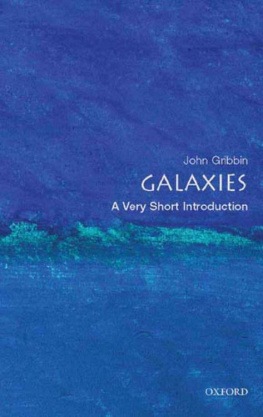

 WORDS TO KNOW elliptical Shaped like an egg. gravity The force that attracts two bodies to each other. irregular Not in an organized pattern. light-year How far light can travel in one year. It is about 5.88 trillion miles (9.46 trillion kilometers). universe Everything in space. universe Everything in space.
WORDS TO KNOW elliptical Shaped like an egg. gravity The force that attracts two bodies to each other. irregular Not in an organized pattern. light-year How far light can travel in one year. It is about 5.88 trillion miles (9.46 trillion kilometers). universe Everything in space. universe Everything in space.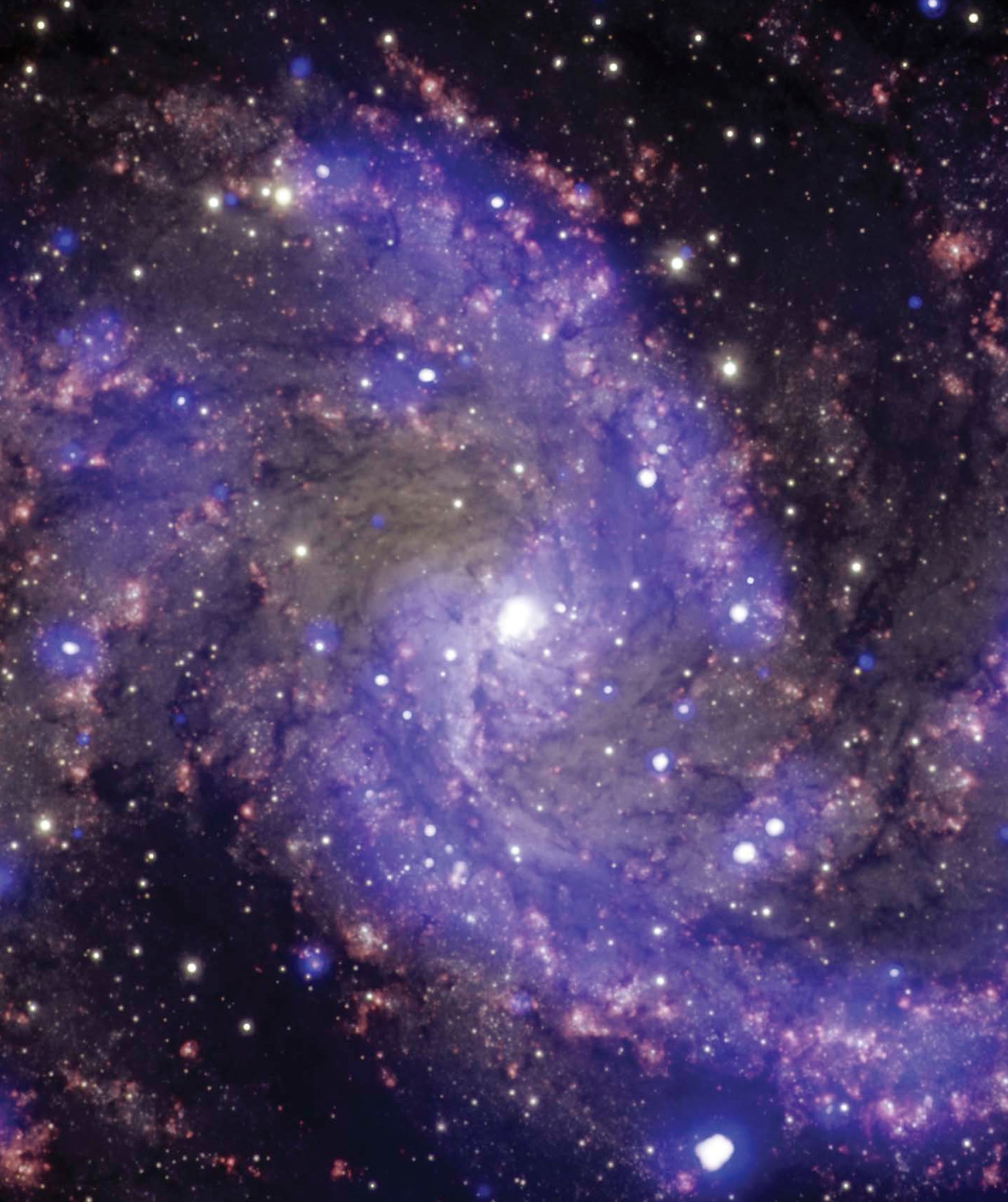 This galaxy is millions of light-years away from Earth. What Is a Galaxy? A galaxy is a large group of stars. It has clouds of gas and dust. holds a galaxy together. Galaxies probably formed billions of years ago.
This galaxy is millions of light-years away from Earth. What Is a Galaxy? A galaxy is a large group of stars. It has clouds of gas and dust. holds a galaxy together. Galaxies probably formed billions of years ago. This dwarf galaxy looks like grains of salt.
This dwarf galaxy looks like grains of salt. This picture shows one part of the Milky Way.
This picture shows one part of the Milky Way.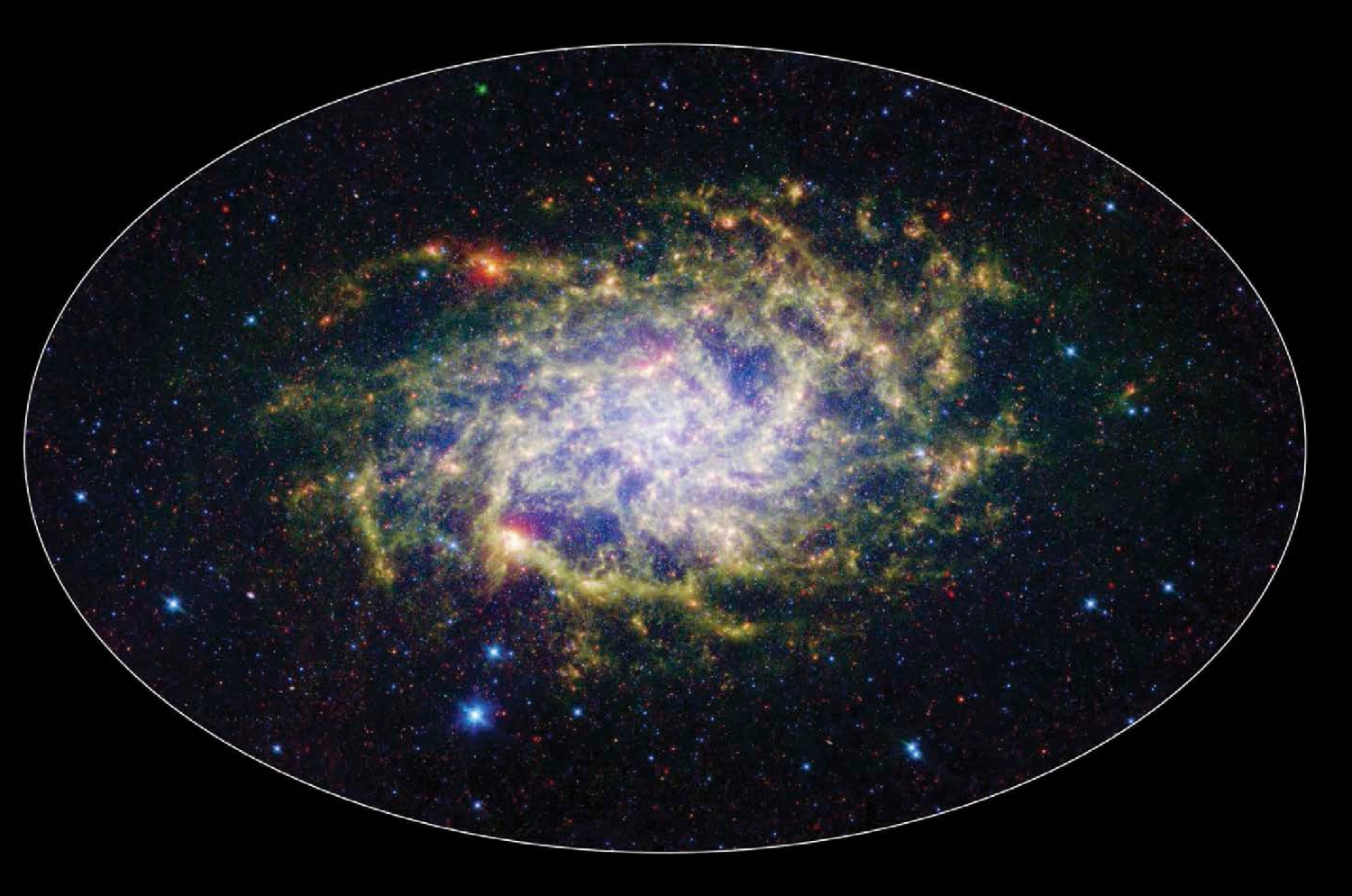 M33, seen here, is one of the galaxies that is part of our Local Group.
M33, seen here, is one of the galaxies that is part of our Local Group. A view of the Milky Way from Earth Seeing the Milky Way You can see the Milky Way in the night sky.
A view of the Milky Way from Earth Seeing the Milky Way You can see the Milky Way in the night sky. 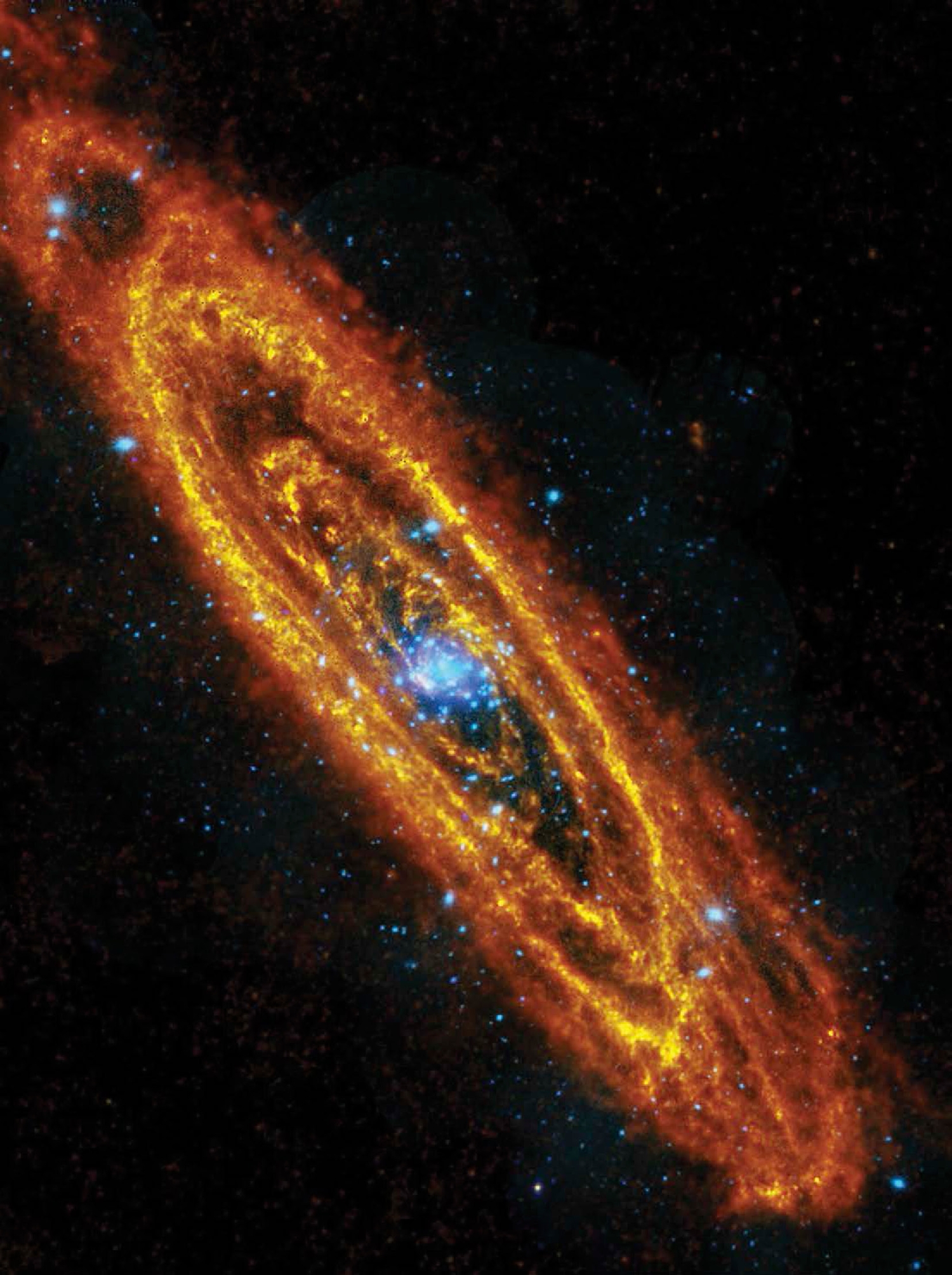 This spiral galaxy is called Andromeda. It is the closest major galaxy to the Milky Way. galaxies look like pinwheels. galaxies look like pinwheels.
This spiral galaxy is called Andromeda. It is the closest major galaxy to the Milky Way. galaxies look like pinwheels. galaxies look like pinwheels. 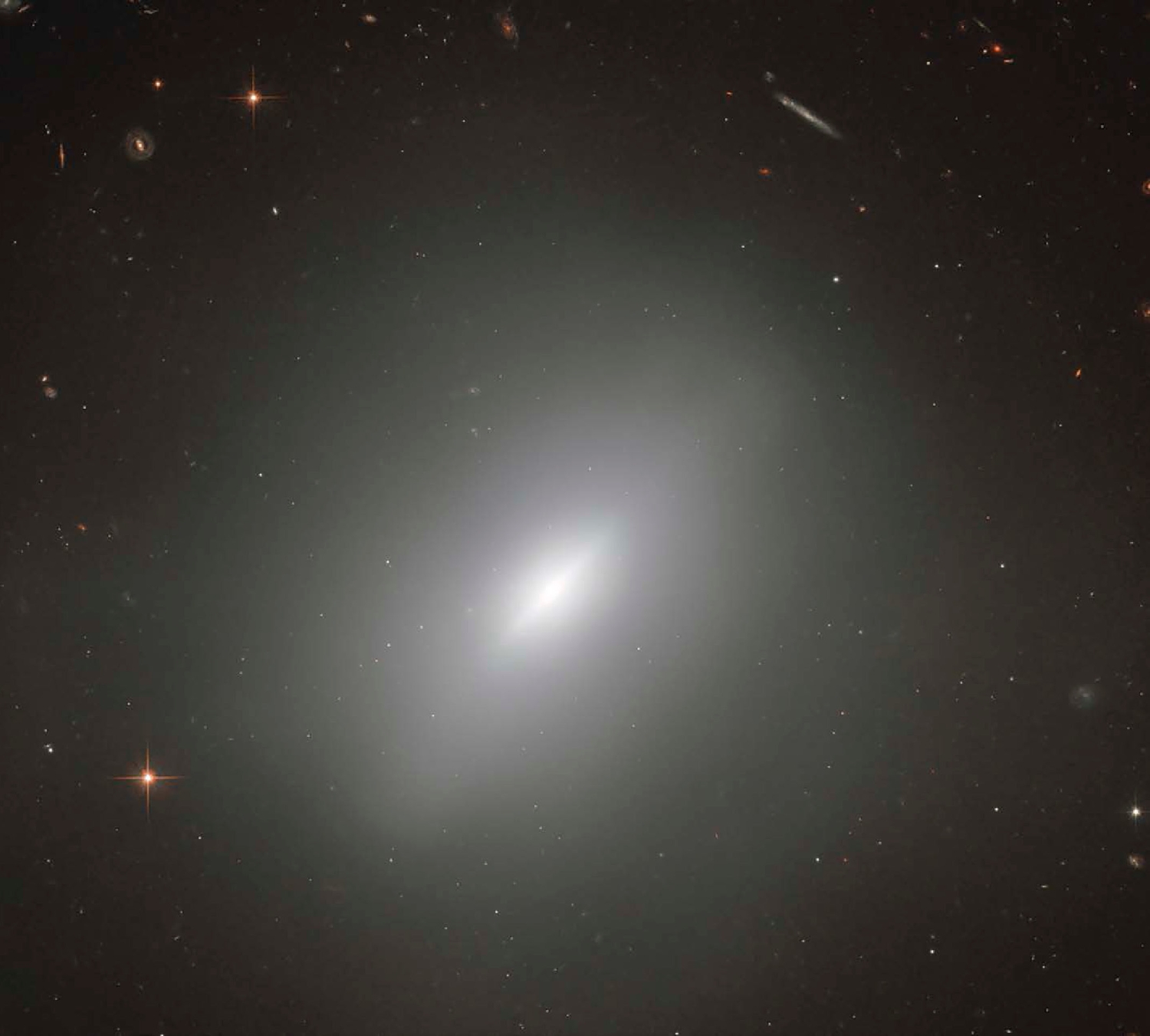 An elliptical galaxy.
An elliptical galaxy. 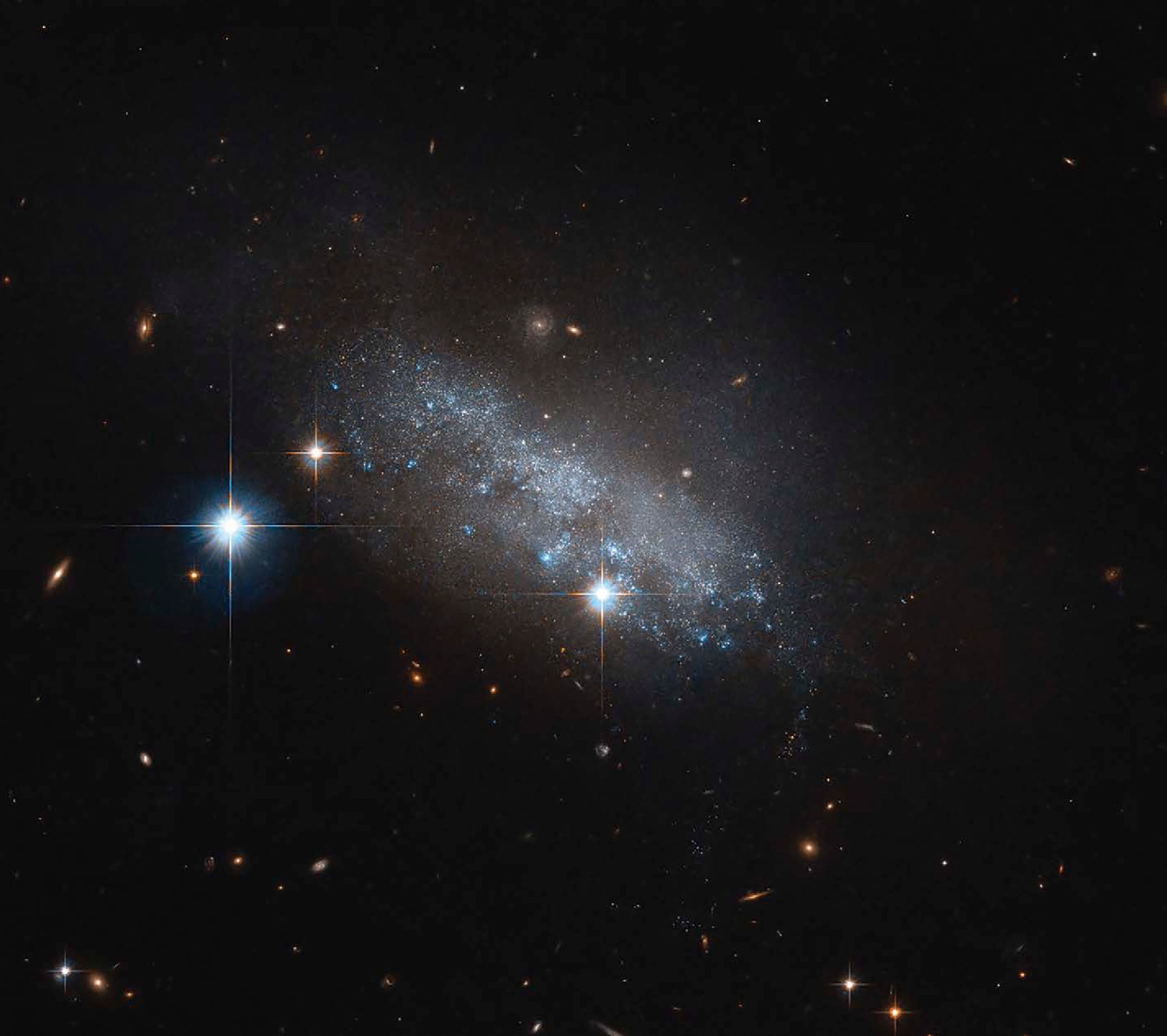 Some galaxies do not seem to have any shape at all. No Shape galaxies do not have an organized shape. They are small and not common. They form when two galaxies crash into each other.
Some galaxies do not seem to have any shape at all. No Shape galaxies do not have an organized shape. They are small and not common. They form when two galaxies crash into each other. 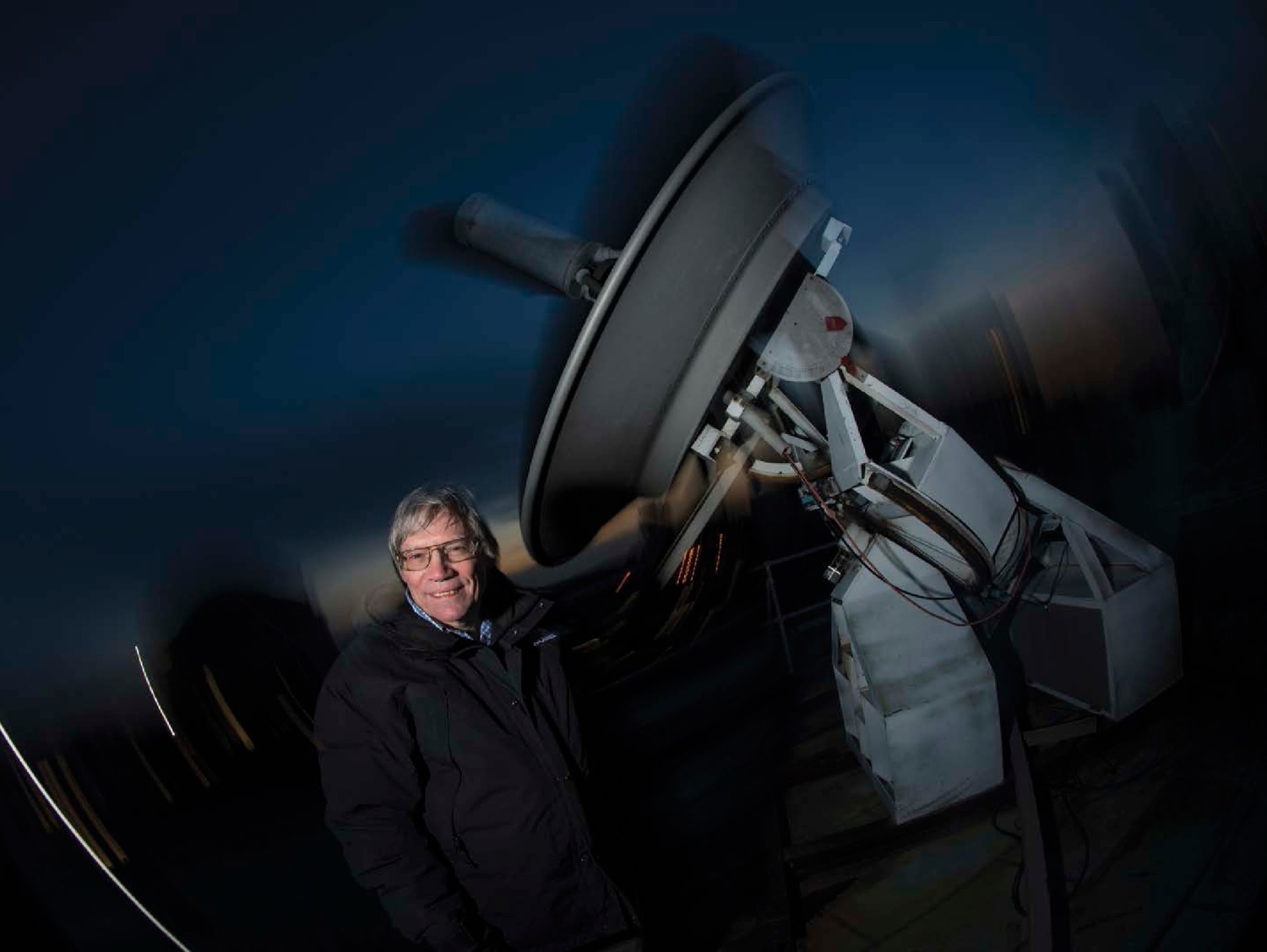 Telescopes help us learn more about galaxies.
Telescopes help us learn more about galaxies.  You can make a galaxy out of glitter.
You can make a galaxy out of glitter.